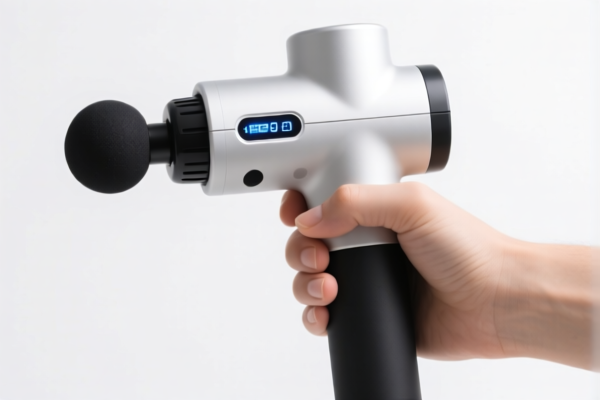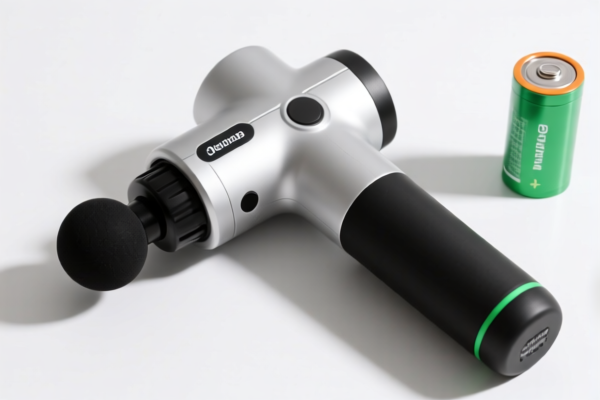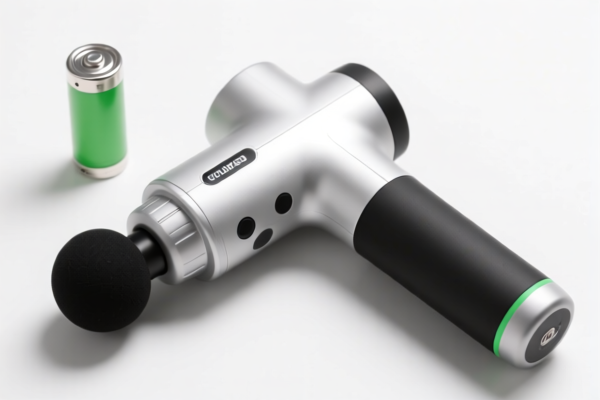| HS Code | Official Doc | Tariff Rate | Origin | Destination | Effective Date |
|---|---|---|---|---|---|
| 8509805095 | Doc | 34.2% | CN | US | 2025-05-12 |
| 4421918800 | Doc | 30.0% | CN | US | 2025-05-12 |
| 7326908688 | Doc | 82.9% | CN | US | 2025-05-12 |




Okay, here's a breakdown of the HS codes you provided, along with tariff details and important considerations for customs clearance. I'll structure this to be as clear and helpful as possible.
Understanding HS Codes: A Quick Primer
HS codes (Harmonized System codes) are internationally standardized codes used to classify traded products. They're crucial for determining tariffs, taxes, and import/export regulations. The first 6 digits are generally consistent worldwide, while the last digits can vary by country.
1. MASSAGER - Electromechanical domestic appliances (HS Code: 8509.80.50.95)
-
HS Code Breakdown:
- 85: Machinery and mechanical appliances; electrical equipment. This broadly covers the category.
- 09: Electromechanical domestic appliances. Specifically, appliances for household use.
- 80: Other appliances. This indicates it's not a specifically listed appliance like washing machines or refrigerators.
- 50: With self-contained electric motor.
- 95: Other. This is a further specification within the "Other" category.
-
Tariff Details:
- Basic Duty: 4.2%
- Additional Duty: 0.0% currently.
- Post April 2, 2025 Additional Duty: 30%
- Total Duty: 34.2%
-
Important Considerations:
- Motor Specification: Ensure the massager does have a self-contained electric motor. If it's powered by batteries only, the HS code might be different.
- Functionality: The specific function of the massager can influence the classification. Is it for medical use, personal care, or general relaxation?
- Material: The material composition of the massager (plastic, metal, etc.) could be relevant.
- Certification: Depending on the intended use (e.g., medical device), you may need certifications like CE, RoHS, or others. Please check the import regulations for your specific destination country.
2. Canoe Paddles (HS Code: 4421.91.88.00)
-
HS Code Breakdown:
- 44: Wood and articles of wood; wood charcoal.
- 21: Articles of wood for furniture.
- 91: Other.
- 88: Of bamboo.
- 00: Other.
-
Tariff Details:
- Basic Duty: 0.0%
- Additional Duty: 0.0% currently.
- Post April 2, 2025 Additional Duty: 30%
- Total Duty: 30.0%
-
Important Considerations:
- Material Verification: Confirm the paddles are primarily made of bamboo. If other materials are used significantly, the HS code could change.
- Intended Use: While classified as furniture articles, confirm it's being imported for recreational use.
- CITES: If the bamboo is sourced from specific regions, there might be CITES (Convention on International Trade in Endangered Species) regulations. Check the CITES list for any restrictions.
3. Other articles of iron or steel (HS Code: 7326.90.86.88)
-
HS Code Breakdown:
- 73: Articles of iron or steel.
- 26: Other articles of iron or steel.
- 90: Other.
- 86: Other.
- 88: Other.
-
Tariff Details:
- Basic Duty: 2.9%
- Additional Duty: 25.0% currently.
- Post April 2, 2025 Additional Duty: 30% (specifically for steel/aluminum products)
- Total Duty: 82.9%
-
Important Considerations:
- Material Composition: Crucially, confirm the exact composition of the iron or steel. The 30% additional duty applies specifically to steel/aluminum products.
- Manufacturing Process: The method of manufacturing (e.g., welded, forged, cast) can affect the classification.
- End Use: The intended application of the articles is important.
- Origin: The country of origin is vital for determining applicable trade agreements and potential duty reductions.
- Steel Standards: Ensure the articles meet any relevant steel quality standards for the destination country.
Important Reminders:
- April 2, 2025 Tariff Changes: Be aware of the significant tariff increases scheduled for April 2, 2025. Plan your imports accordingly.
- Accurate Description: Provide a detailed and accurate description of each item to customs.
- Invoices & Documentation: Maintain accurate invoices, packing lists, and other relevant documentation.
- Consult a Customs Broker: For complex imports or if you're unsure about classification, it's highly recommended to consult a licensed customs broker in the destination country. They can provide expert guidance and ensure compliance with all regulations.
Disclaimer: I am an AI assistant and cannot provide definitive customs advice. This information is for general guidance only. Always verify the latest regulations with the customs authorities in the destination country.
Customer Reviews
The page was helpful, but I wish there was a way to filter HS codes by product type more easily. Still, the tariff info and notes were solid.
The detailed breakdown of the iron or steel articles (HS code 7326908688) was eye-opening. I didn't realize the tariff could be so high—this saved me from a big mistake.
I found the information on the bamboo canoe paddles (HS code 4421918800) very clear. The note about verifying the material was useful for my import planning.
The HS code 8509805095 for the massager was exactly what I needed. The tariff breakdown and notes about the motor were super helpful for customs.